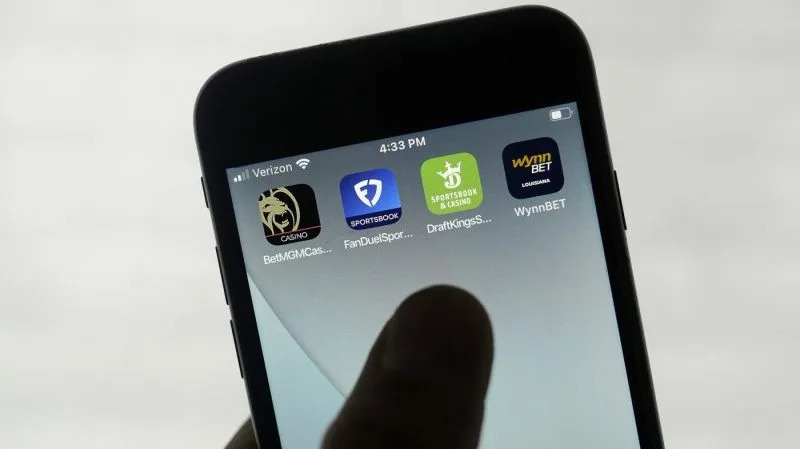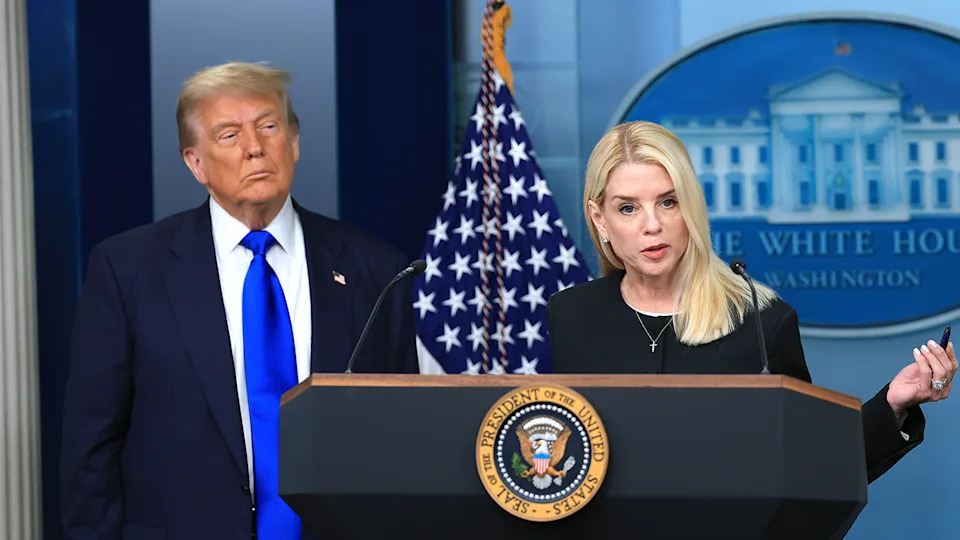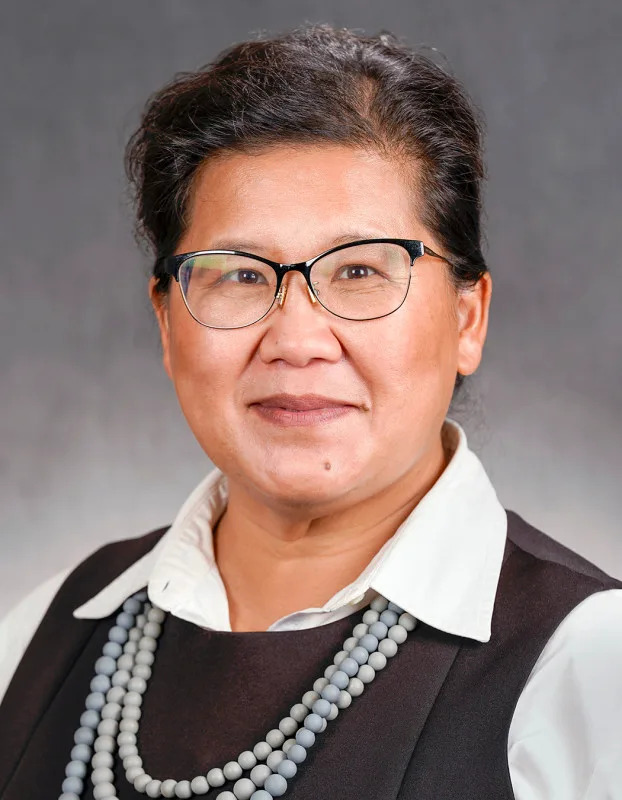CONNECTICUT (WTNH) — Now that Connecticut has created a fund to help families pay for early childhood education, experts are working to figure out how to best spend that money.
On Thursday morning, experts got together for a panel discussion about the next steps.
Endowment eases access to early childhood education: Connecticut Gov. Ned Lamont
The endowment was necessary because most people involved say the early child care industry is in crisis. They say there are just not enough facilities right now.
“The waiting lists were just insane,” Treena Charles, mother of two, said. “It was just like, ‘Okay, we don’t have any space right now. Maybe you can try for next year.’ Or, ‘Our waiting list is two years long.’”
Charles found a spot for her two kids at the Friends Center for Children. That center hosted the panel on the future of childcare.
“I would say every day we’re navigating families who are unable to find care, and that happens for a variety of reasons,” Friends Center Executive Director Allyx Schiavone said. “One is there isn’t a slot, the second is, it’s too expensive.”
After rallies and lobbying, Connecticut addressed that problem by creating a new Early Childhood Endowment Fund.
The goal of the fund is that in a few years, no family that makes less than $100,000 a year will have to pay for childcare, according to State Sen. Martin Looney (D), the Senate president pro tempore.
Lamont, educators mark passage of early child education bill
Even though lots of people have known early childhood education was in crisis for a while, there has been very little formal studying of that crisis. The first thing they have to do for the endowment fund is to determine the need.
“In the next couple months, we will be doing at least five listening sessions statewide at which we will have representation from our parents cabinet,” Kristen Dudanowicz, lead of the Connecticut Office of Early Childhood Endowment, said.
Parents will be asked to fill out surveys. Teachers, administrators and government officials will be working on how best to use the state money, knowing it won’t actually be enough.
“We will serve about 52,000 children by the year 2035 with this legislation,” Schiavone said. “That means we will only be serving 50% of the people who need early care and education in the state.”
Rallies and lobbying about the issue may not be over.
Copyright 2025 Nexstar Media, Inc. All rights reserved. This material may not be published, broadcast, rewritten, or redistributed.
For the latest news, weather, sports, and streaming video, head to WTNH.com.








Comments